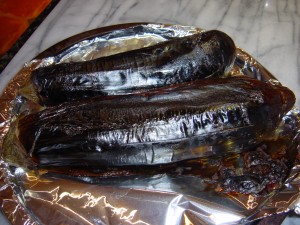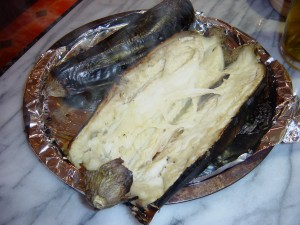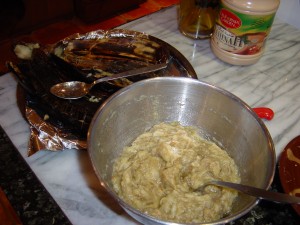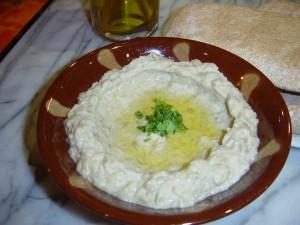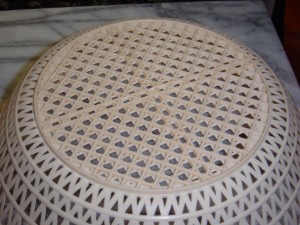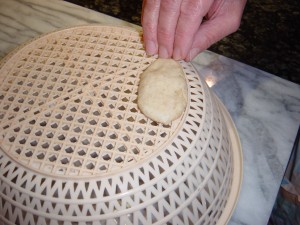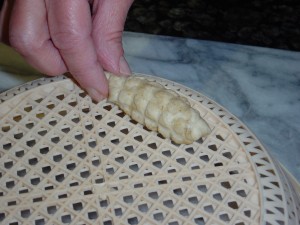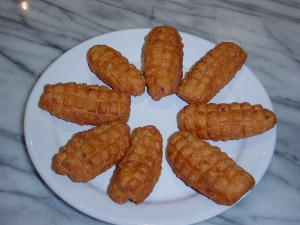Kishik is basically a mixture of coarse burghul and salted laban (yoghurt) left to ferment for several days, milk is added at a later stage after which the mixture is left to ferment again then dried before being ground into a powder. In the old days, women in villages used to do most of the process before sending the mixture to the mill for grinding and I believe some still prefer the homemade one. Kishik is sold packaged in Lebanese groceries.
Kishik is versatile and has a sour taste which makes it ideal to cook with. Because of its texture, it easily absorbs fluids or juices from other complementing ingredients such as tomatoes and that is what makes this topping unusually delicious.
This is my own topping version, however, you can vary it to suit your taste, like for instance omitting tomatoes and adding onions.
Makes about 8 medium ones
Ingredients.
For the dough:
Follow the same amount and instructions as the ones for Manaeesh bi Zaatar
For the topping.
- 100g / 4 oz Kishik
- 1 large juicy tomato finely chopped
- 1 tbsp tomato paste diluted in 1 tbsp water
- About 5 tbsp vegetable or olive oil
- 2 tbsp pomegranate or lemon juice to taste
Method
-
- Prepare the bread dough as for Manaeesh bi Zaatar.
- Mix all the ingredients for the topping, the mixture should be spreadable. If you think it is stiff, loosen it with a little water. Set aside.
- When the rising time is up, take the dough and put it on a lightly floured surface. Punch it to get rid of the excess air, then knead again for about 3-4 minutes, alternatively, let the mixer do the kneading for 2 minutes.
- Divide the dough into 8 equal balls. On a lightly floured surface, roll out each ball with a lightly dusted rolling pin to 16cm/ 6½ inches circle, 3-4mm / 1/8 inch thick. Alternatively, you can make nicely shaped circles by using large cutters. Place the dough circles on the prepared baking parchment papers, cover and let them rest for another 20 minutes. Meanwhile, pre-heat the oven to 230ºC / 450ºF, heating up at the same time the baking sheets.
- When the resting time for the dough circles is up and they are ready to bake, uncover them and dimple the surface of each one with your fingertips to prevent it from puffing up during baking. Cover generously the top of each dough circle with the Kishik mixture leaving about 1cm / ½ inch gap around the edges. Next, slide the dough circles with their baking parchment onto the hot baking sheets, you may need to do them in batches. You have to be quick when you open the oven, as it is very important to maintain the same temperature all the time.
- Bake for 4-6 minutes, the edges should be slightly golden and the top bubbling hot. Transfer to a wire rack and serve while still hot or warm.
These Manaeesh b’Kishik freeze well.

